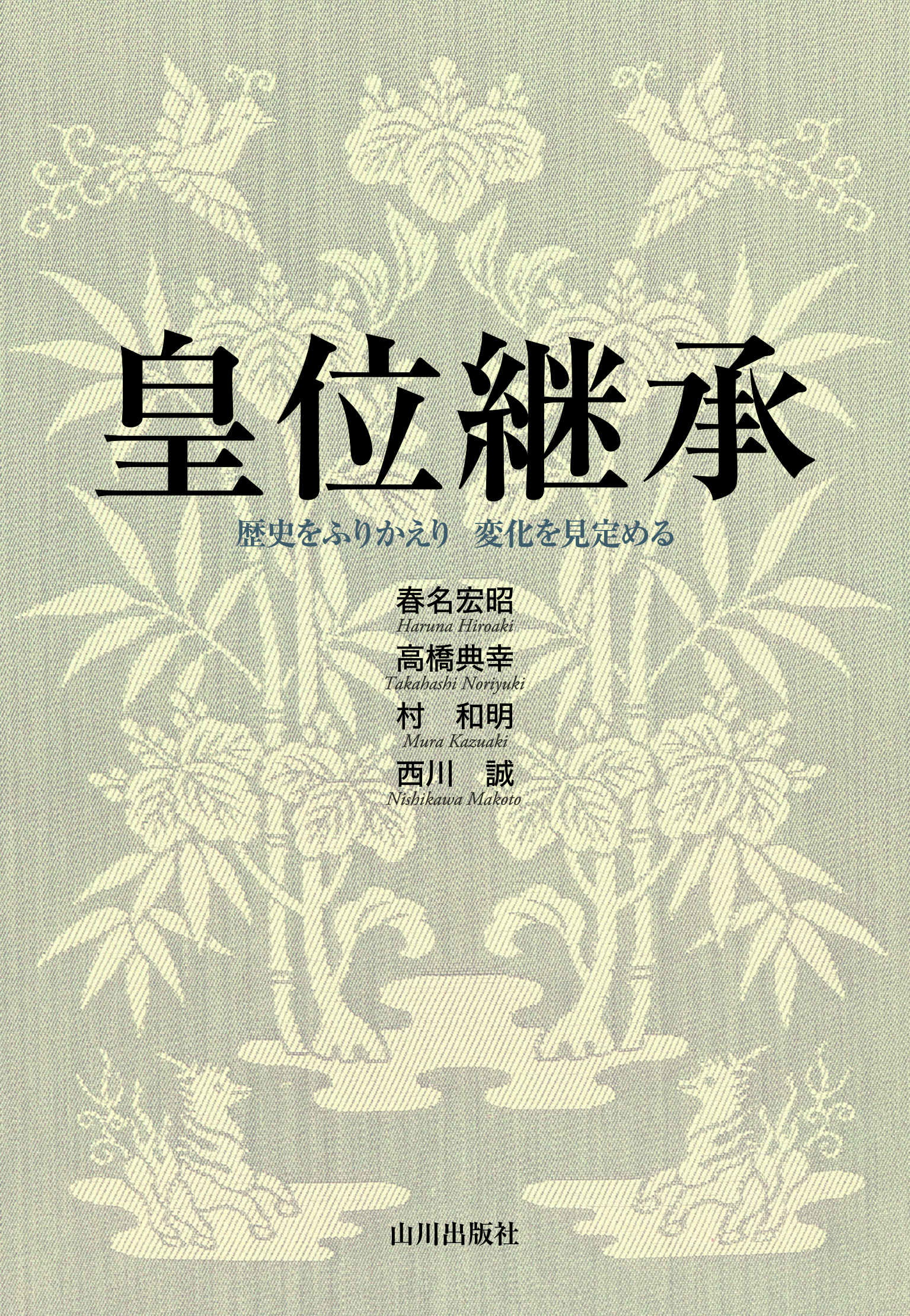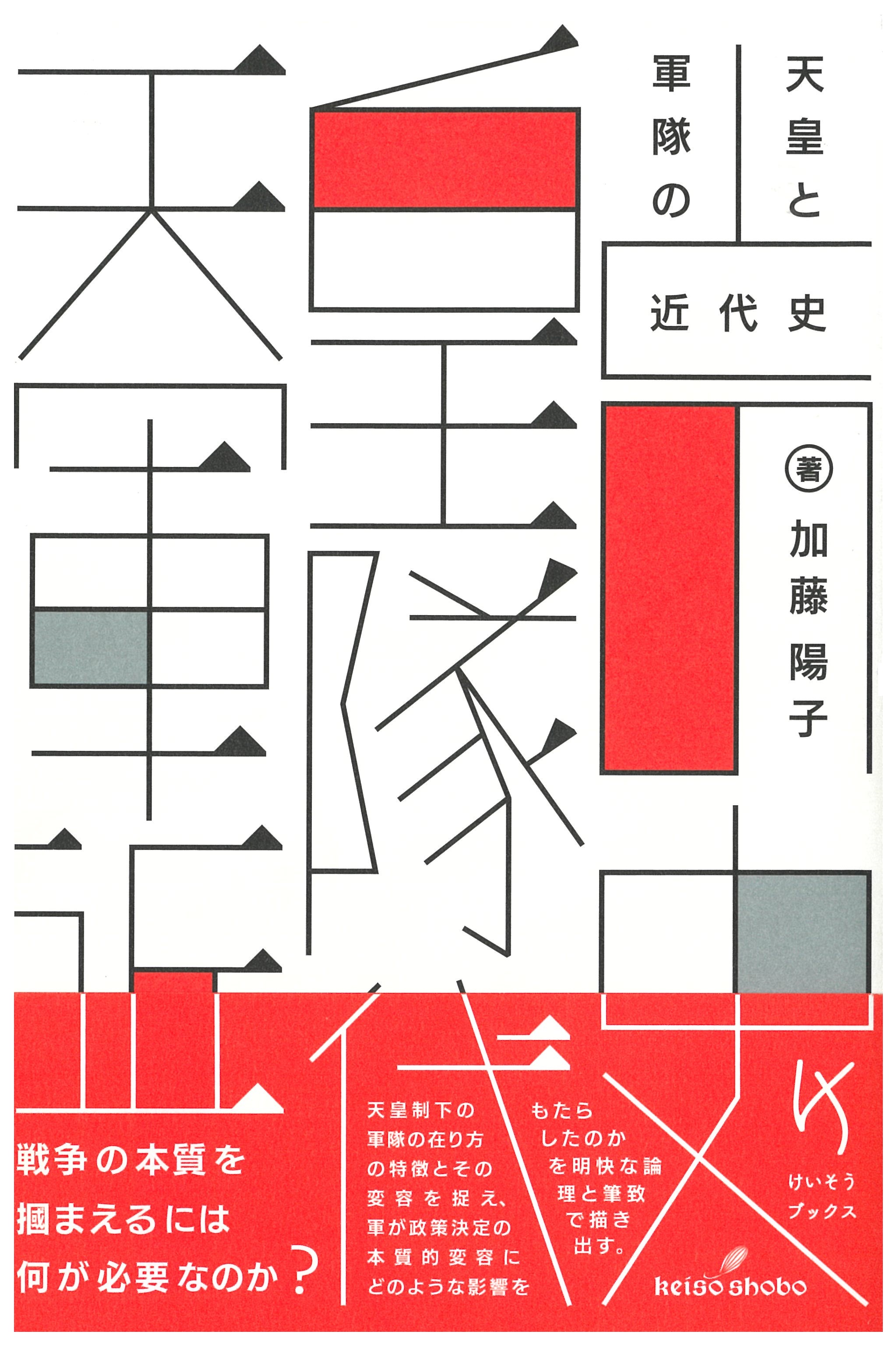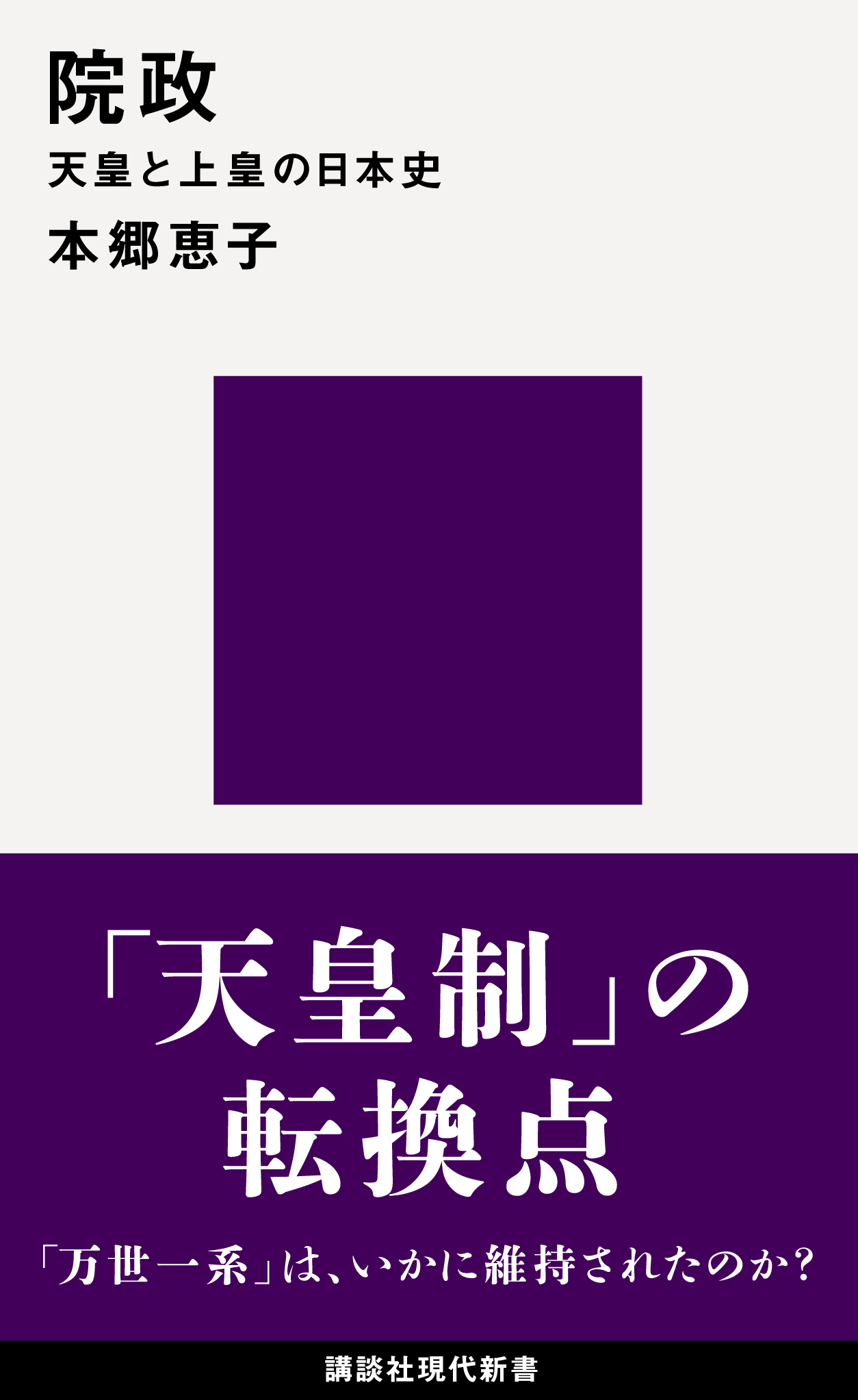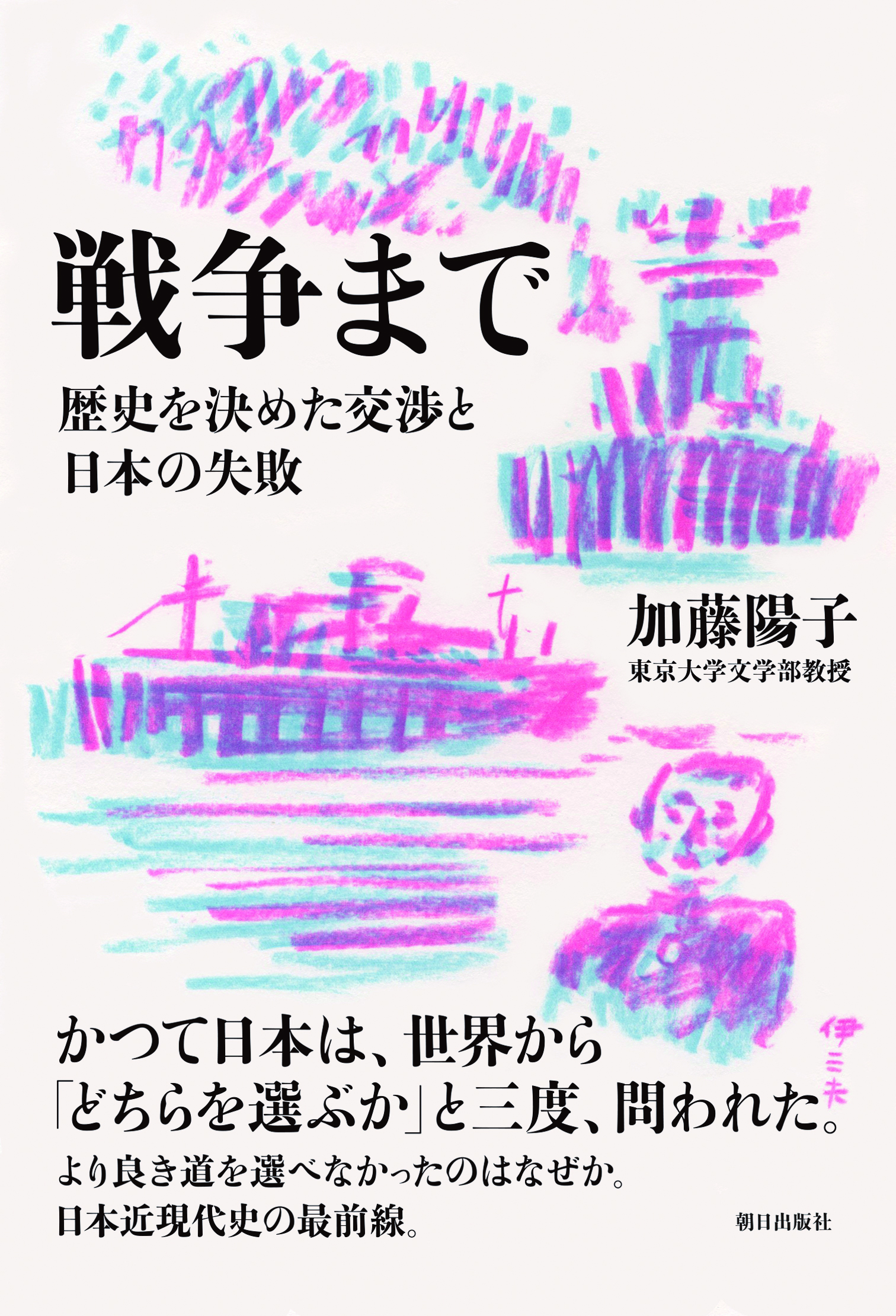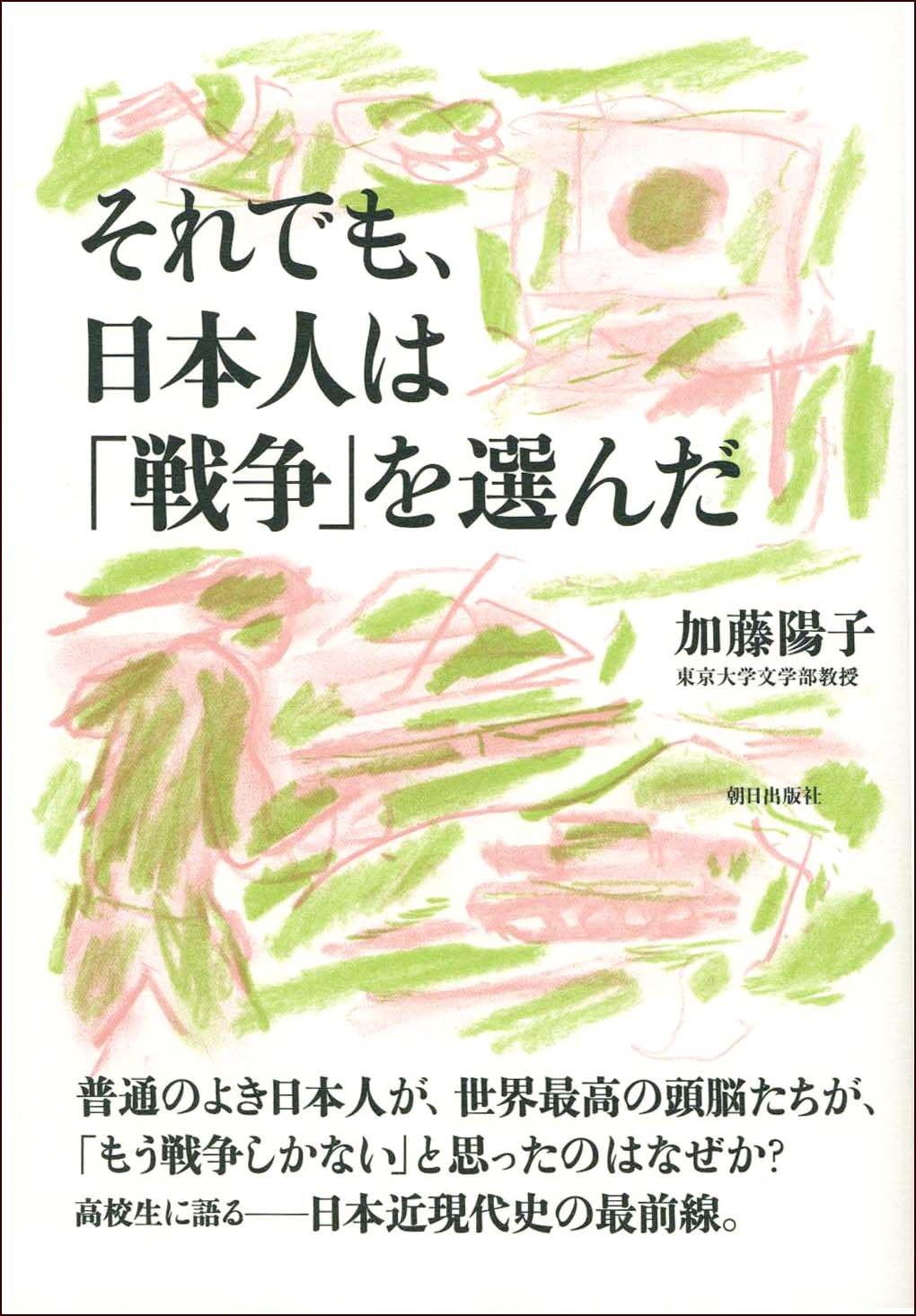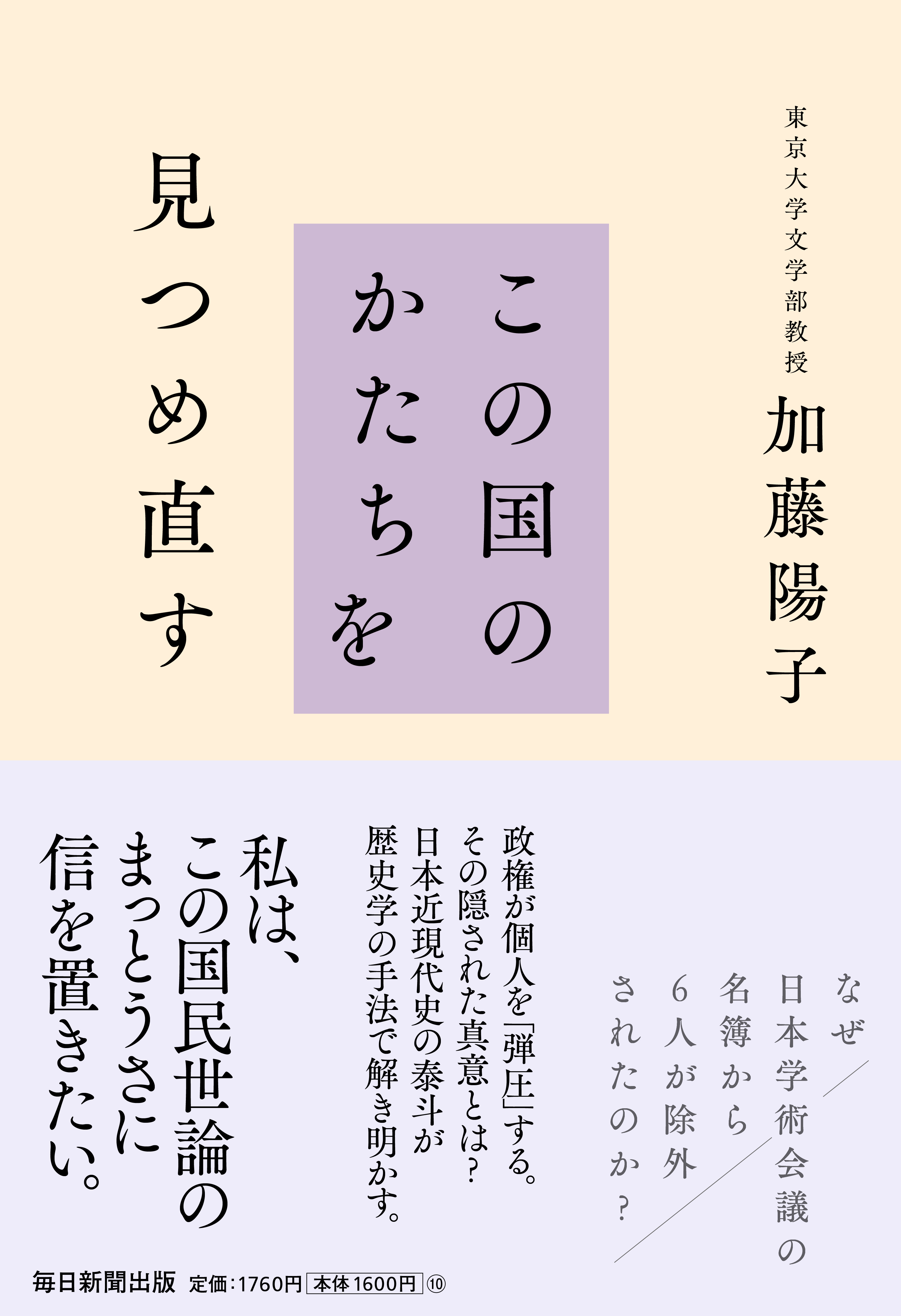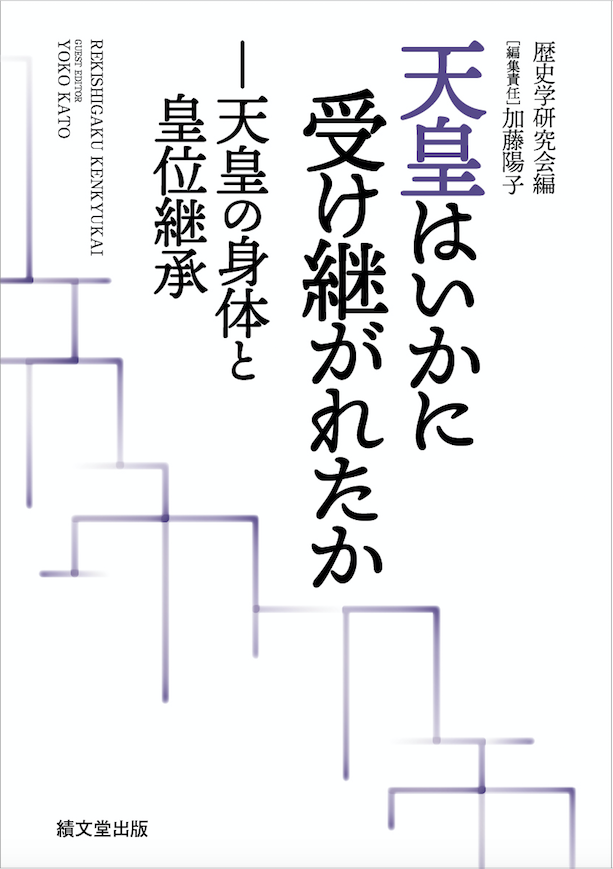
Title
Tennou wa ikani uketsugaretaka (How Is an Emperor Succeeded? - The Emperor’s Body and Imperial Succession)
Size
320 pages, A5 format, softcover
Language
Japanese
Released
February 20, 2019
ISBN
978-4-88116ー134-0
Published by
SEKIBUNDO
Book Info
See Book Availability at Library
Japanese Page
This volume is an anthology of essays that was compiled based on modern, contemporary problem awareness. Following Emperor Akihito’s (currently Emperor Emeritus) message signaling his intention to abdicate on August 8, 2016, the Abe Shinzō cabinet set up an expert committee to begin holding discussions on the matter. Meanwhile, a plenary session led by the speaker of the House of Representatives, Ōshima Tadamori, also started in the National Diet. Following extremely short deliberations, this led to the establishment of the Act for Special Exception of the Imperial House Act concerning the emperor’s abdication, etc., on June 16, 2017. Under this law, the emperor abdicated at the end of April 2019 for the first time in 200 years, since Emperor Kōkaku in 1817.
The abdication system that was in regular use in pre-modern times was abolished by the political decision of Itō Hirobumi and others who drafted the Constitution of the Empire of Japan and the Imperial Household Act. At the time, the Meiji government lacked a strong cabinet system capable of resisting the Diet, which was bolstered by its powerful civil rights parties, and it is likely that they wanted, as much as was possible, to eliminate the emperor’s political arbitrariness through abdication.
This arrangement, which made imperial succession contingent on the emperor’s death, was changed because of Emperor Akihito’s aforementioned expression of his desire to abdicate. Many historians were likely astounded by this symbolic emperor’s “power” since, through a single message to the people, he received overwhelming popular support for his abdication. This raises the following question: How were various political leaderships throughout history able to ensure stable imperial succession, justify the emperor’s position, and explain its legitimacy? Due to the importance of this query, I felt that it was a serious historian’s responsibility to provide answers, without omission, by offering a complete historical overview of the emperors and revitalizing it by undertaking a comparison with Asian and European histories. Overall, the question is as follows: How did the emperor as a subject respond to sociopolitical developments for the sake of his own position’s continuity? My goal has been to dynamically answer this query, elucidating the specific historical factors that pertain to the continuity of the imperial system.
Given that Japanese history is divided into “ancient,” “medieval,” “early modern,” and “modern” periods simply for convenience, we must not forget to pay attention to the transition periods between each. I first addressed (bracketed) the national system differences between the ritsuryō state, the sekkan system, the bakufu, the Meiji government, etc. I then examined (circled) the preservation strategies that were used by emperors and imperial systems in each age. For instance, monarchs (emperors) were very rarely murdered during their reign, and this leads me to suspect that very few countries in the world have a history that involves such a high number of abdicating monarchs (emperors).
Each chapter reveals changes in succession style throughout Japanese history since the adoption of clear regulations for imperial succession was deliberately avoided to facilitate the creation of a “fictive direct line.” Moreover, a comparison with royal authority structures in Asia and Europe has again demonstrated the idiosyncrasy of Japanese monarchical authority, which, throughout the ages, has adhered to a single line succession style despite awareness of its fictitious nature. Furthermore, I verified that the system of immediate succession that begins with an emperor’s death and leads to a new emperor’s ascension was first created in the Meiji period.
(Written by KATO (NOJIMA) Yoko, Professor, Graduate School of Humanities and Sociology / 2020)



 Find a book
Find a book


